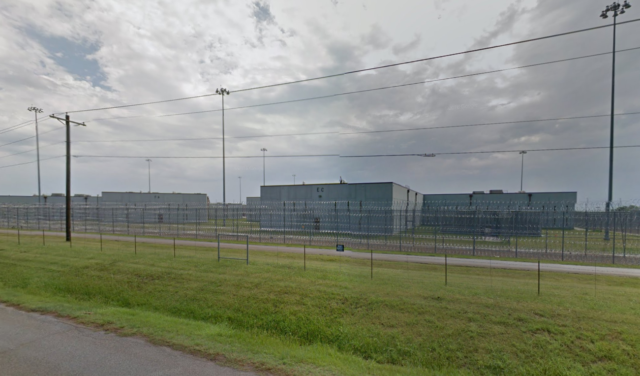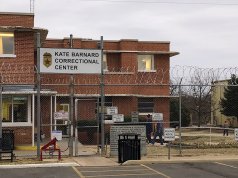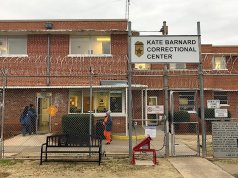A year and a half after the deadliest prison fight in Oklahoma history, Payne County prosecutors brought charges Monday against seven people in connection with the incident.
None of the seven, however, was charged with murder in the prison-gang fight that saw four inmates stabbed to death at Cimarron Correctional Facility in Cushing on Sept. 12, 2015. Rather, each was charged with one count of participating in a riot, a felony whose punishment in this case is the same as second-degree murder – from 10 years to life in prison. The type of charges filed reflects the difficulty authorities have had in identifying who exactly committed the fatal stabbings.
Those charged were all incarcerated at Cimarron at the time of the riot. Some have since been transferred to other prisons and one has been released.
Those charged include:
- Steven Ray Thompson, 31
- Phillip Wayne Jordan Jr., 33
- Johnathan Richard Whittington, 27
- James Augustine Placker, 30
- Jordan James Scott, 25
- Korey L Kruta, 28
- Gage Broom, 25
Killed in the fight were:
- Anthony Fulwider, 31;
- Kyle Tiffee, 23;
- Christopher Tignor, 29;
- and Michael Edwin Mayden Jr., 26.
CoreCivic, formerly known as Corrections Corp. of America, owns and operates the Cimarron prison, which houses state inmates under a contract with the Corrections Department. The company has settled at least one lawsuit related to the fight and faces at least one other, court records show.
Circumstances hinder murder charges
The disturbance at the privately run facility involved a fight between members of the United Aryan Brotherhood and Irish Mob over control of the prison drug trade, according to news reports. During a two-minute period, inmates stabbed each other with knives made from light fixtures from their cells, court files show. The Oklahoma Department of Corrections and prosecutors have refused to release certain documents in the case, including incident reports and security camera footage, citing law enforcement investigation exemptions from the Open Records Act.

Payne County District Attorney Laura Thomas said poor video, potentially contaminated forensic evidence and lack of cooperating witnesses prevented her from filing murder charges. Also, the sole corrections officer who witnessed the riot has been charged with smuggling marijuana into the prison. He says inmates’ associates threatened him near his home and forced him to smuggle the drugs.
“To prove murder one (first-degree murder), we have to have something other than the dead bodies lying there,” Thomas said.
The unit had a panning camera – something the inmates exploited – so the video offers little evidence of what happened, she said.
“The inmates obviously know this is a panning camera at that time and there are all kinds of blind spots,” she said.
Gang members kill two rivals in prison fight
The video shows eight members of the Irish Mob gang congregating and coming down the stairs, Thomas said. Downstairs, inmates were playing games, standing and talking, but no group was forming downstairs, ready to fight.
“This was not a planned fight between (United Aryan Brotherhood) and Irish Mob, at least on this day,” she said.
The Irish Mob group disarmed and stabbed several United Aryan Brotherhood members, killing two, Thomas said. The United Aryan Brotherhood inmates also had knives and defended themselves, killing two Irish Mob members.
The stabbings were “very brief, very fast” and were largely off-camera, she said. In the video, when the camera pans back, it shows bodies, blood and knives on the ground. Investigators had to take stills from the footage and match them to inmates.
“You can’t clearly see at all that (person) A stabbed (person) B,” Thomas said.
Guards found knives on the floor, and some inmates also had knives. Having a knife and proving someone used it in a particular stabbing, however, are different situations, Thomas said.
“There were a lot of shanks after this thing was over,” she said, adding that DNA on some of the weapons isn’t strong enough evidence to link specific inmates to specific stabbings.
Thomas did not attribute any of the difficulty in bringing the criminal case to the Cimarron prison staff’s response to the melee. Restoring order and tending to the dead and injured were more important in the immediate aftermath than preserving a crime scene, she said.
“I can’t sit here and say they did something wrong because of the immediacy of the situation,” she said.
Thomas said there is “some indication” that the stabbings were part of a planned multi-facility Irish Mob attack. Apparently, the gang’s members at Cimarron acted earlier than expected.






















